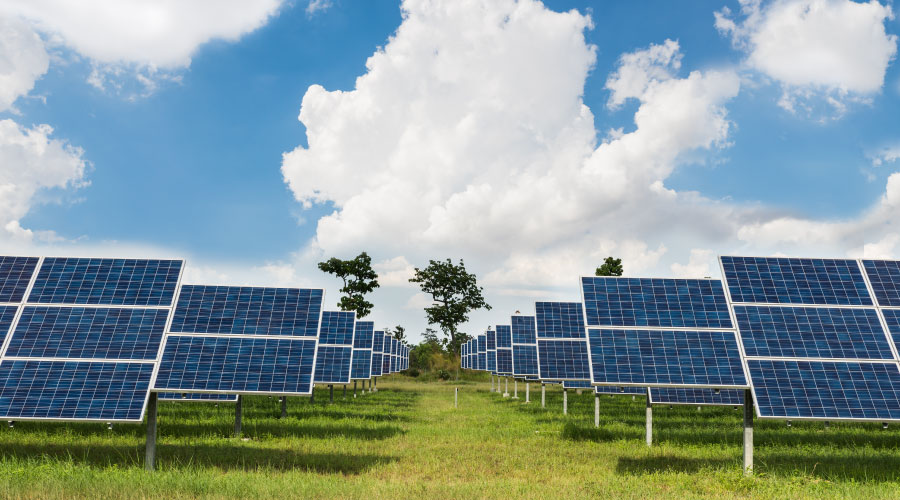LEED Version 3: Coming Soon
U.S. GREEN BUILDING COUNCIL PERSPECTIVE:
The introduction of LEED Version 3 later this year will continue USGBC’s goal of transforming the built environment to sustainable building practices. LEED v3 will include three key pieces: LEED 2009 — LEED Rating System updates/revisions; revision and evolution of the LEED certification process; and LEED Online Version 3.
The new rating system, LEED 2009, will incorporate all of the rating systems that address commercial buildings — which includes New Construction; Commercial Interiors; Schools; and Existing Buildings: Operations & Maintenance — into three LEED 2009 systems: Green Building Design & Construction; Green Interior Design & Construction; and Green Building Operations & Maintenance. And while the majority of the individual credits will be very familiar, LEED 2009 includes some important changes.
All of the prerequisites and credits within LEED have undergone an alignment and harmonization, providing a pool of prerequisites and credits for all LEED rating systems. Every credit in LEED is developed with a specific intent in mind, and LEED 2009 improves and expands upon this idea by re-weighting each individual credit based on a 100-point scale and transparent set of priorities.
This scientifically grounded re-weighting exercise will more accurately reflect a credit point impact on the environment and human health, with reducing carbon dioxide emissions and improving energy efficiency being the primary goals.
LEED 2009 will also deliver on the promise of creating regionally specific credits. Project teams will be able to select LEED Innovation & Design style bonus points that address regional priorities from a list of eligible credits. The new credits were developed as a collaboration between USGBC’s chapter network, regional councils, and the LEED Steering Committee.
If projects are registered under the current LEED rating system, they will have the option to upgrade to LEED 2009 during the transition time, or they can continue to use the version of LEED under which they registered.
All of the changes to LEED 2009 will be reflected in all LEED-related programs — including LEED educational offerings, Reference Guides and the LEED AP Exam. To learn more about LEED Version 3, visit www.usgbc.org/leedv3
USGBC is already starting to roll out new education programs, offered at all learning levels, to support the latest version of LEED. These offerings include instructor-led workshops, online-anytime courses, and Webinars (live and on-demand). They also support the pursuit and maintenance of each of the Green Building Certification Institute’s (GBCI) new LEED credentials, and will be rolled out in coordination with the new credentials. Offerings through USGBC’s Education Provider Program, which reviews high-quality green building education developed by USGBC’s members and chapters, provide additional opportunities to maintain credentials. For a complete course catalogue, visit www.greenbuild365.org.
Related Topics:
















